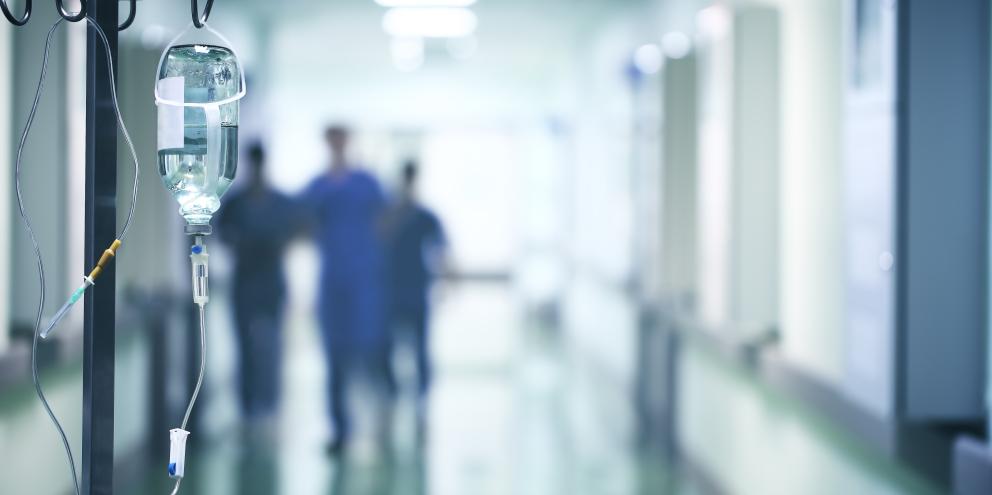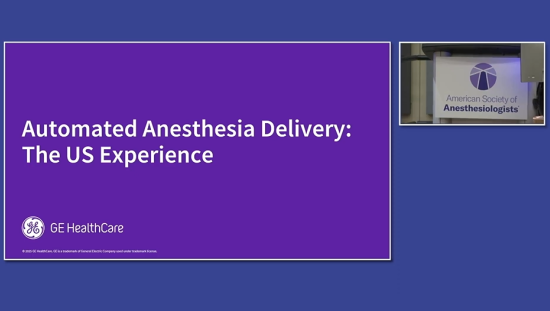
Over the last decade, improving patient safety has increasingly become one of the quintessential goals of healthcare providers, leading to countless initiatives within health systems to ensure that patient outcomes and satisfaction are maximized. In addition to improving intra-operative protocols, strides in bringing technological tools to help protect patients in the wards have been made. The increased focus on ward patient safety is merited as statistics have shown that as many as 4.2 million people die within 30 days of having a surgical procedure, making death after surgery the third leading cause of mortality in the world.1
Contrary to common belief, the majority of post-operative deaths occur on the hospital wards and not in intensive care units.2 The standard of care in the wards is centered around periodical spot checks of vital signs and patient-to-nurse ratios where a single nurse can be responsible for up to 20 patients, especially during night time. The evidence suggests that under this model of care, trends of deterioration in ward patients are often missed.3 It is not difficult to see the relationship between over worked and over utilized nurses and suboptimal patient outcomes.
The problem of failing to recognize deterioration early in ward patients to avoid preventable mortality and serious adverse events is a critical problem deserving of timely action. What tools could be available for hospitals to prevent bad outcomes on the wards? Ample evidence exists that simply monitoring patients on the wards continuously can prevent cardiac arrests and reduce costly intensive care unit transfers.4,5 In a landmark study performed by Churpek et al. in 2012 and followed up in 2016, researchers were able to predict cardiac arrest in a large sample of ward patients utilizing values for respiratory rate (RR), heart rate (HR), and systolic blood pressure (SBP) further finding that monitoring respiratory rate was the best indicator of impending clinical deterioration in these patients.6,7 The National Institute for Health and Care Excellence in the United Kingdom has also endorsed the monitoring of RR as the best marker for recognizing a problem or deterioration in patients.8 However, until now, operational and workflow challenges of available technologies have posed issues to their widespread adoption.
Some of these known barriers for patient safety initiatives include a lack of top management support, a lack of resources and capital, and a lack of knowledge about available solutions.9 There may be concerns over expanding monitoring equipment that have traditionally been reserved and designed for critical care areas to the wards, where they would not provide an optimal workflow or be comfortable for patients. This can lead to apprehension over the cost of procurement and implementation of both equipment and personnel.
There is an increasing amount of literature and case studies to show evidence of the potential cost benefit of adopting and implementing continuous wireless ward monitoring, especially solutions designed for the ward environment and the patient population at hand. These technologies, if supported by a robust and reliable platform, could generate early warnings to the appropriate clinicians through the use of edge computing and potentially artificial intelligence, improving workflow by allowing nurses and physicians to focus on patients at risk of deterioration.2 Better workflow leads to less stress on the nursing pool and may lead to reduced costs with a real return on investment and saving of lives. Studies show that the monetary savings following continuous monitoring of ward patients may be significant, stimulated by overall reductions in hospital length of stay and the avoidance of costly intensive care unit admissions.10,11
Until now the reliability of wireless systems and the need for large infrastructure investments have prevented these solutions from widespread adoption. However, advances in edge computing, wireless networking and miniaturization of equipment are making continuous wearable monitoring possible. Very soon, robust, affordable, accurate, wireless, and wearable continuous monitoring solutions could be available that could help hospitals save lives, improve workflow, and even reduce overall costs over the long-term. Continuous wireless ward monitoring represents an opportunity that over the coming years could become the gold standard of care in ward patient safety.
Ward Monitoring
Paint a future of secure, comprehensive monitoring for the ward
- Global burden of postoperative death. Lancet. https://www.thelancet.com/journals/lancet/article/PIIS0140-6736(18)33139-8/fulltext. Last accessed 12/18/2020.
- Protecting ward patients: the case for continuous monitoring. ICU Mgmt & Pract. https://healthmanagement.org/c/icu/issuearticle/protecting-ward-patients. Last accessed 12/18/2020.
- Postoperative hypoxemia is common and persistent: a prospective blinded observational study. Anesth Analg. https://insights.ovid.com/crossref?an=00000539-201509000-00017. Last accessed 12/18/2020.
- Continuous monitoring in an inpatient medical-surgical unit: a controlled clinical trial. Am J Med. https://pubmed.ncbi.nlm.nih.gov/24342543/. Last accessed 12/18/2020.
- Cardiorespiratory instability before and after implementing an integrated monitoring system. Crit Care Med. https://www.ncbi.nlm.nih.gov/pmc/articles/PMC3673290/. Last accessed 12/18/2020.
- Predicting cardiac arrest on the wards: a nested case control study. Chest. https://www.ncbi.nlm.nih.gov/pmc/articles/PMC3342781/. Last accessed 12/18/2020.
- Multicenter comparison of machine learning methods and conventional regression for predicting clinical deterioration on the wards. Crit Care Med. https://www.ncbi.nlm.nih.gov/pmc/articles/PMC4736499/. Last accessed 12/18/2020.
- Acutely ill adults in hospital: recognizing and responding to deterioration clinical guideline {CG50}. NICE. https://www.nice.org.uk/guidance/CG50. Last accessed 12/18/2020.
- Implementation of patient safety initiatives in US hospitals. International J Operations & Production. https://www.emerald.com/insight/content/doi/10.1108/01443570610651052/full/html. Last accessed 12/18/2020.
- Postoperative monitoring – The Dartmouth experience. Anesthesia Patient Safety Foundation Newsletter. https://www.apsf.org/wp-content/uploads/newsletters/2012/spring/pdf/APSF201206.pdf. Last accessed 12/18/2020.
- The return on investment of implementing a continuous monitoring system in general medical-surgical units. Crit Care Med. https://insights.ovid.com/pubmed?pmid=24717454. Last accessed 12/18/2020.









